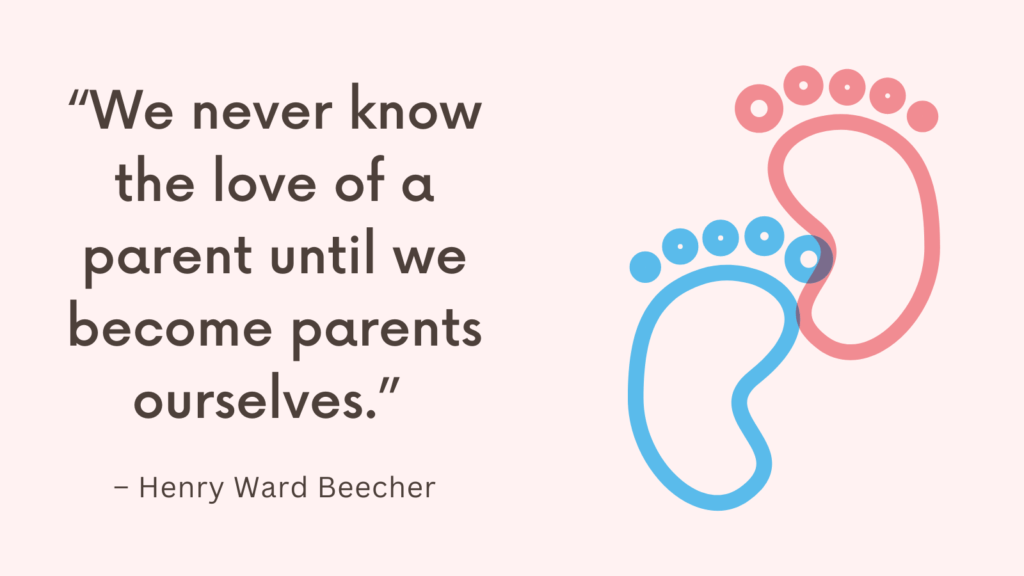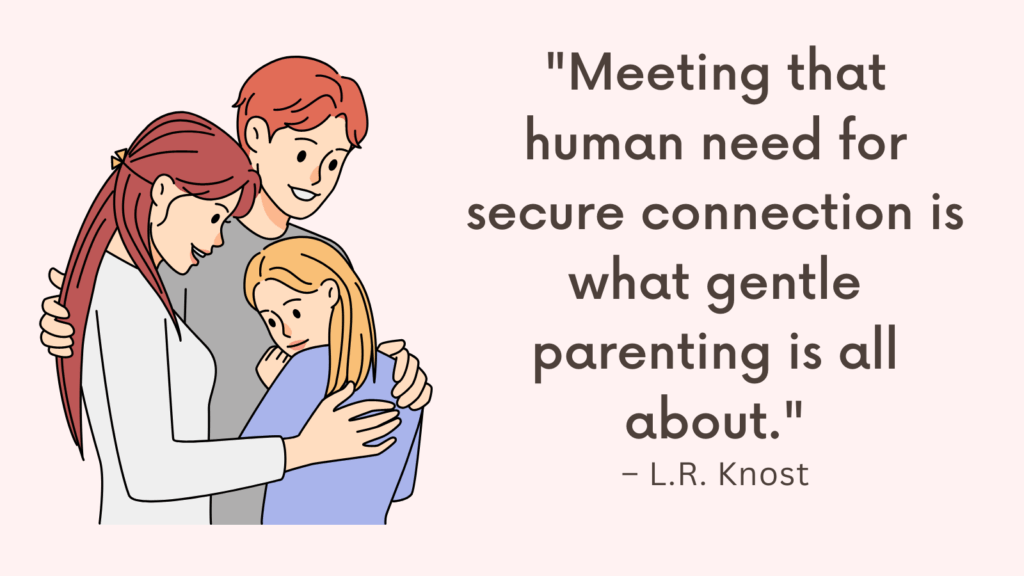This post contains “Does My Child Need Speech Therapy Quiz.”
What Is Speech Therapy?
Speech therapy, also known as speech-language pathology, is a professional service that helps individuals overcome communication difficulties and improve their ability to speak, understand, and communicate effectively.
It focuses on evaluating and treating a range of speech and language disorders, including articulation, fluency, voice, and language disorders.
Speech therapists work with people of all ages, from children to adults. They use various techniques and exercises to help individuals develop or improve their speech and language skills.
These techniques may involve practicing specific sounds, improving vocal quality, expanding vocabulary, enhancing grammar and sentence structure, and working on social communication skills.
Speech therapy can be beneficial for a variety of conditions and challenges, such as speech delays, stuttering, voice disorders, language impairments, cognitive-communication disorders, swallowing difficulties, and more.
The goals of speech therapy are to enhance communication abilities, promote independence, and improve overall quality of life.
The process typically begins with an evaluation to assess the individual’s communication abilities and identify areas that need improvement.
Based on the evaluation, the speech therapist will develop a personalized treatment plan that targets specific goals.
Therapy sessions may be conducted one-on-one or in a group setting, depending on the individual’s needs.
Speech therapy is a collaborative process involving the speech therapist, the individual receiving therapy, and often their family members or caregivers.
It requires patience, consistency, and practice to achieve progress.
The duration and frequency of therapy sessions depend on the severity of the communication disorder and the individual’s unique needs.
Related: Why Would A Child Need Occupational Therapy?
Does My Child Need Speech Therapy Quiz
Results
#1. Is your child’s speech difficult to understand by others, including close family members?
#2. Does your child struggle to pronounce certain sounds or words correctly?
#3. Does your child have difficulty in putting words together to form sentences?
#4. Does your child frequently stutter or have other fluency issues when speaking?
#5. Does your child have a limited vocabulary compared to their peers?
#6. Does your child have trouble answering questions or expressing thoughts verbally?
#7. Does your child struggle with following verbal instructions or understanding what others are saying?
#8. Does your child avoid communicating or interacting with others due to speech difficulties?
#9. Does your child demonstrate frustration or become upset when they cannot effectively communicate their needs or wants?
#10. Has your child’s speech and language development not progressed at a similar rate to their peers?
We will not sell your information. All results are kept confidential.
This quiz is for informational purposes only. It is not meant as a diagnostic or assessment tool.
Results
The questions above represent common signs your child may need speech therapy. If you answered yes to most of these questions, then your child may need speech therapy.
Note: Every child develops at their own pace, but it’s best to consult with a speech-language pathologist for a professional assessment if you have concerns about your child’s speech and language skills.
Related: Does My Child Need Occupational Therapy Quiz
Speech Disorders in Children
There are several types of speech disorders that children may experience.
- Articulation disorders, which involve difficulties in producing sounds or pronouncing words correctly.
- Fluency disorders, such as stuttering, which can cause interruptions or repetitions in speech.
- Voice disorders that affect the quality, pitch, or volume of a child’s voice.
- Language disorders, which refer to difficulties in understanding or using spoken or written language. They can affect various aspects of communication, such as vocabulary, grammar, sentence structure, and the ability to comprehend and express ideas.
Fortunately, there are various professionals who specialize in helping children with speech disorders. Speech-language pathologists, or SLPs, are trained professionals who work with children to assess, diagnose, and treat speech disorders. They use a variety of techniques, exercises, and strategies to help children develop better speech skills.
Related: Best 10 Books About Learning Disabilities
Speech Therapy Techniques and Approaches
Speech therapy techniques and approaches can vary depending on the specific needs of the individual. Here are a few commonly used techniques and approaches in speech therapy:
1. Articulation Therapy
This technique focuses on improving the clarity of speech by targeting specific sounds or phonemes that the individual has difficulty producing.
Techniques may include repetitive practice, auditory discrimination exercises, and tongue placement exercises.
2. Language Intervention
This approach aims to improve a person’s ability to understand and express language. It may involve activities such as vocabulary building, sentence formation, and comprehension exercises.
The therapist may use visual aids, storytelling, and role-playing to enhance communication skills.
Related: Does My Child Need Counseling Quiz
3. Fluency Shaping
This technique is used to help individuals who stutter.
It involves teaching techniques such as slow speech, gentle onset of sounds, and relaxed breathing patterns to reduce stuttering and improve fluency.
4. Voice Therapy
This approach addresses voice disorders and focuses on improving breath control, vocal quality, pitch range, and volume.
Techniques may include vocal exercises, breathing exercises, and relaxation techniques.
5. Oral Motor Therapy
This technique targets the muscles used for speech production. It involves exercises to improve lip and tongue strength, coordination, and flexibility.
Techniques may include blowing bubbles, tongue twisters, and chewing exercises.
6. Augmentative and Alternative Communication (AAC)
This approach is used for individuals who have difficulty with verbal communication.
AAC may involve using sign language, picture boards, electronic devices, or computer-based systems to support or replace speech.
7. Social Skills Training
This approach helps individuals develop appropriate social communication skills.
Therapists may use role-playing, group activities, and conversation practice to improve social interaction, turn-taking, and listening skills.
It’s important to note that these techniques and approaches should be tailored to meet the unique needs and goals of each individual.
A speech-language pathologist will assess and determine which techniques and approaches are most appropriate for the individual’s specific communication challenges.
Related: How To Deescalate A Child? Top 12 Tips
Conclusion
Speech disorders in children can be a common and concerning issue for parents and caregivers.
These disorders can affect a child’s ability to effectively communicate and can have an impact on their social interactions, academic performance, and overall self-esteem.
However, it’s important to remember that with the right support and interventions, most children with speech disorders can make significant progress.
The ultimate goal of speech therapy is to help individuals communicate effectively, build confidence, and improve their overall communication skills in order to participate fully in their personal, academic, and professional lives.
If you suspect that your child may have a speech disorder, it’s important to seek professional help as early as possible.
Early intervention is key to maximizing the success of treatment.







